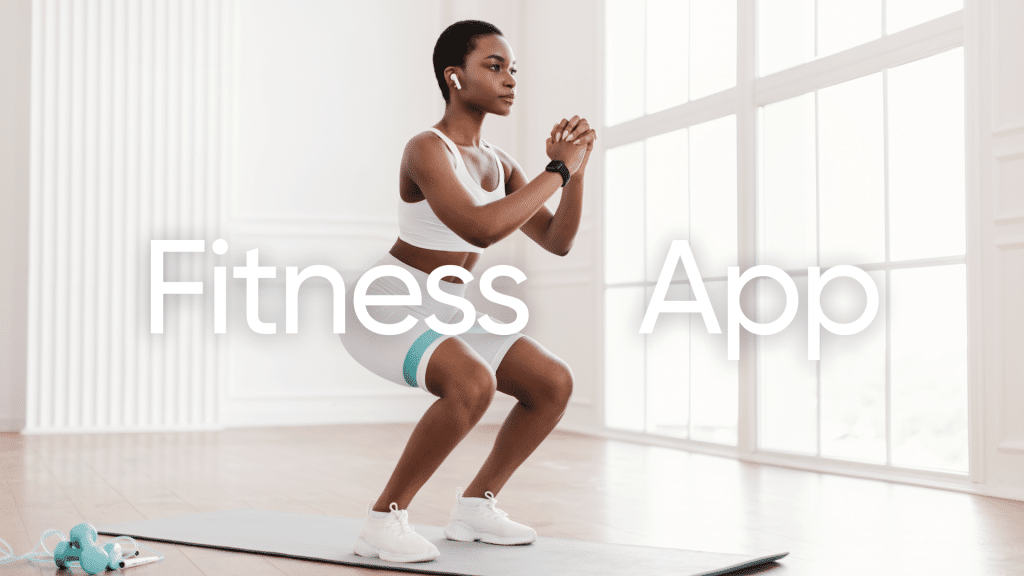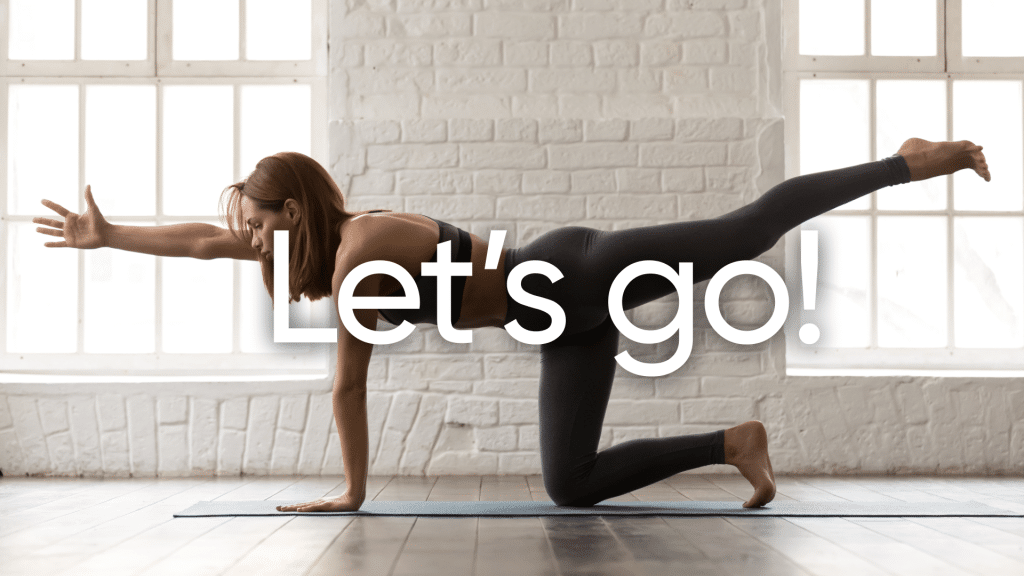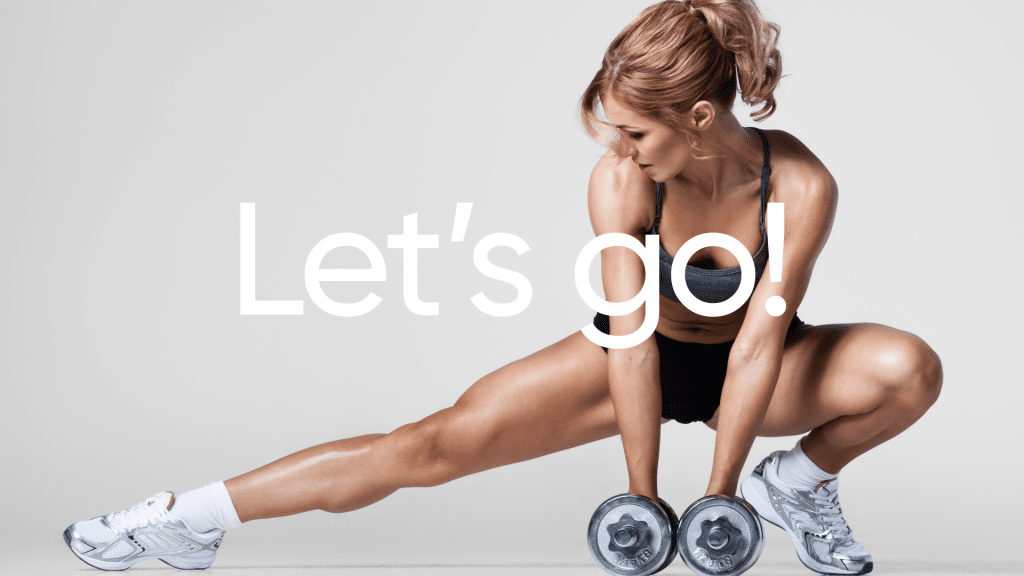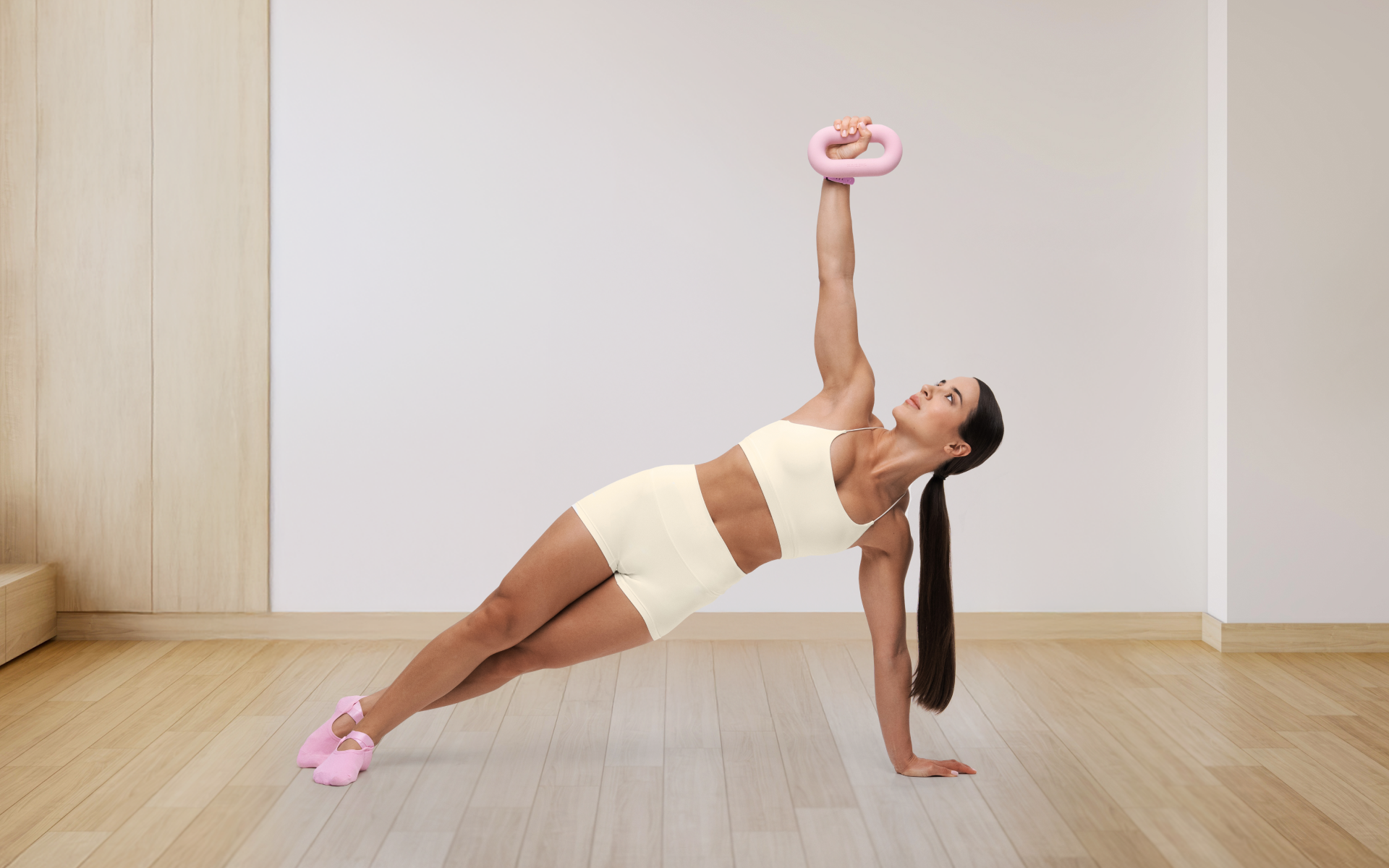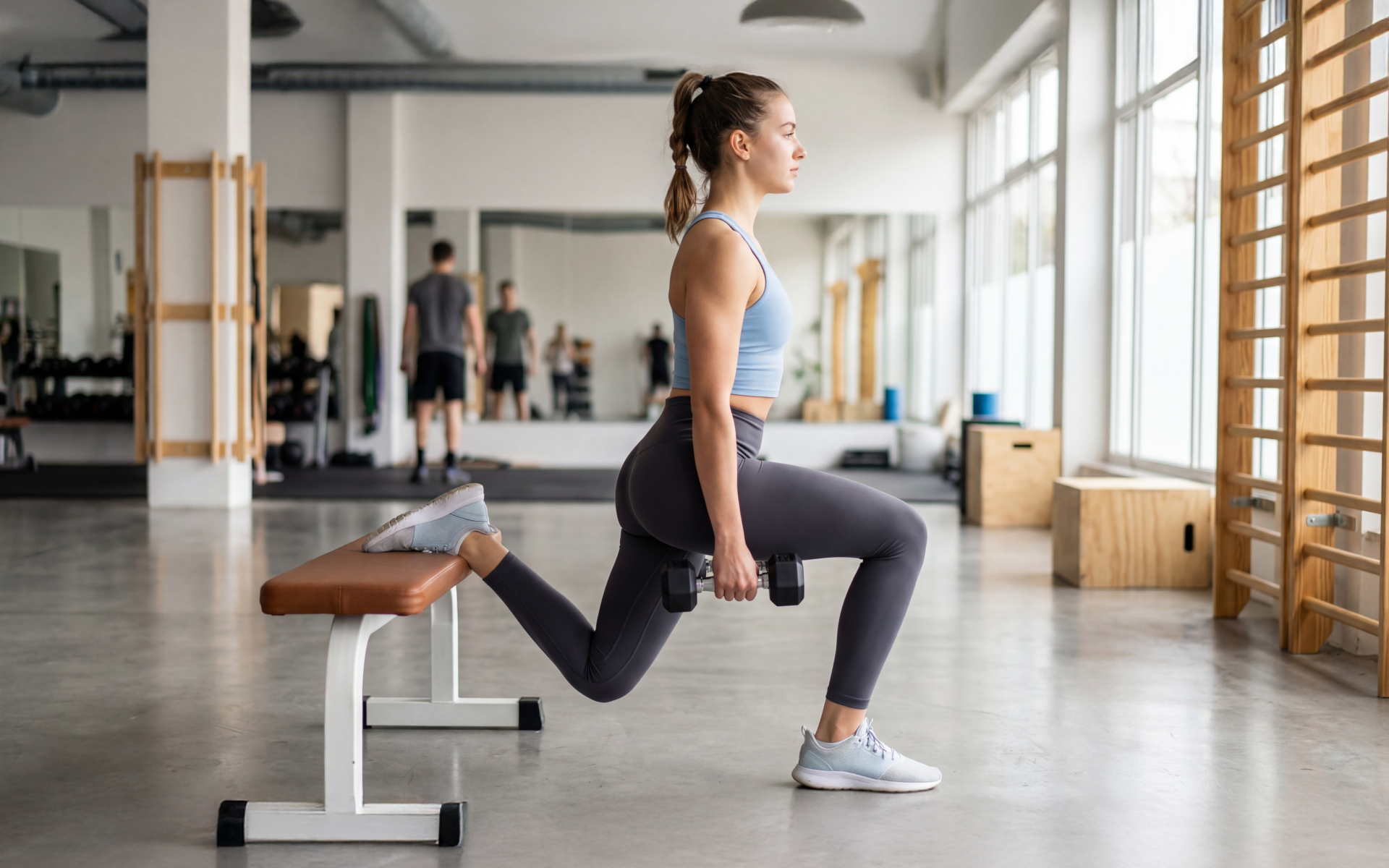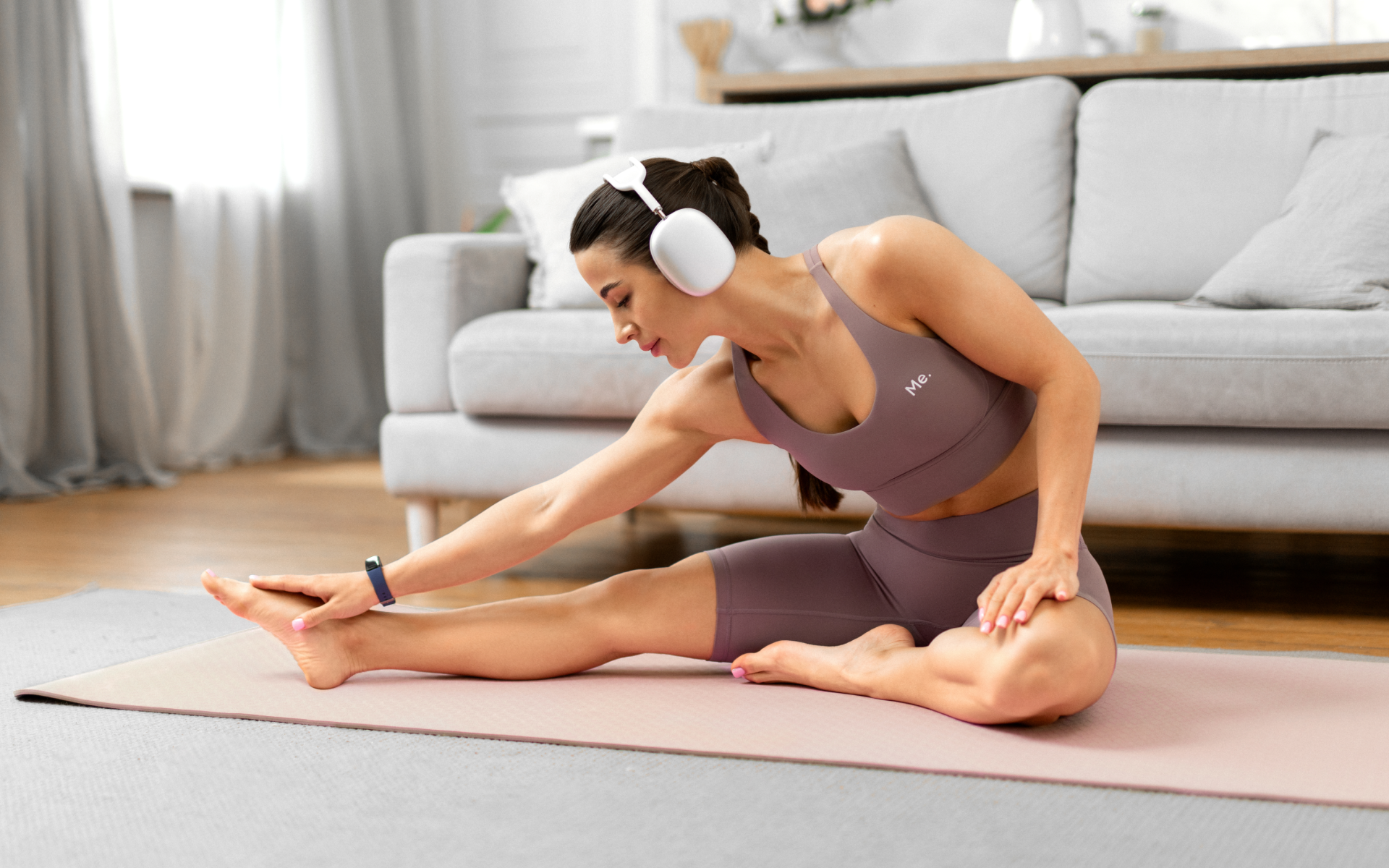As you get older, you may realize that your pelvic floor muscles are weakening. This is also common among women after pregnancy and childbirth. However, pelvic floor weakness can affect anyone, men included. Other factors such as chronic coughing and heavy lifting can cause weakening of the pelvic floor muscles over time.
Certain exercises can help strengthen these muscles and help individuals dealing with pelvic floor dysfunction and weakness. Having weak pelvic floor muscles can affect your sexual life and lead to incontinence. Not all sets of exercises work for everyone, so it is important to select the best pelvic floor exercises that work for you. This article explores the best pelvic floor muscle exercises.
What Are Pelvic Floor Exercises?
Pelvic floor exercises refer to those done to strengthen, lengthen, and relax your pelvic floor muscles. These muscles can become weak as a result of pregnancy, childbirth, health, obesity, or heavy lifting. When this happens, you may suffer from urine incontinence, problems with bowel control, and experience painful sex. The pelvic muscles may be too tight and may cause pain.
The pelvic floor muscles support the bowels, bladder, rectum, and uterus of women (1). When you contract this set of muscles, they lift the organs of the pelvis and tighten the openings of the urethra, vagina, and anus. Relaxing these muscles allows the passage of urine and feces from the body.
These muscles are vital for proper sexual function in both males and females. In men, it is key for ejaculation and erectile function. In women, voluntary contractions of the pelvic floor muscles contribute to sexual sensation and arousal. Also, these muscles support the baby during pregnancy and need to be relaxed during childbirth.
The pelvic floor is a funnel-shaped structure. There are three main components:
- Levator ani. The largest component is located anteriorly and is made up of puborectalis, pubococcygeus, and iliococcygeus.
- Coccygeus muscle. The most anterior and a smaller component.
- Muscular fascia. It covers the pelvic organs.
About 50% of people with chronic constipation suffer from pelvic floor dysfunction (PFD). Pelvic floor dysfunction refers to a range of signs and symptoms related to the abnormal functioning of the pelvic floor muscles. Weakening of this set of muscles may result in loss of structural support to the organs within the pelvic region.
Pelvic floor dysfunction may present as:
- Urine incontinence
- Loss of bowel control or fecal incontinence
- Organ prolapse
- Sexual dysfunction
- Levator syndrome
- Uterine prolapse
Read More: Strengthen Pelvic Floor Muscles Without Kegels: 5 Exercises You Can Use
What Are The Best Exercises To Strengthen Your Pelvic Floor Muscles?
There are several pelvic floor rehabilitation exercises that you can try. You may find it helpful to combine two or three types of these exercises to get the best results. At first, you can try different types of these exercises to see which ones work best for you.
But what are the best pelvic floor exercises? Below are exercises to help you strengthen your pelvic floor muscles:
Kegels
This is one of the best exercises for pelvic floor therapy and is very common among both men and women. It works all the pelvic floor muscles, thus strengthening these muscles. If you are asking what is the best pelvic floor exercises for stress incontinence, then Kegels are the most effective.
To do this exercise:
- Sit in a comfortable position, then identify the pelvic floor muscles. The easiest way to do so is to imagine you are urinating then stop urine flow midstream.
- Contract these muscles as much as possible and hold for about 5 seconds. You should feel as though these muscles are lifting because of the squeezing.
- Release for the same amount of time and rest before repeating this technique.
- Do ten reps; three times daily.
Glute Bridges
Bridges help strengthen your glutes and work your pelvic floor muscles at the same time. It also activates the hamstrings when done correctly.
To do this exercise:
- Lie on the floor. Your back should be in contact with the ground. Bend your knees at a 90-degree angle with your feet flat and arms straight at your sides with the palmar surface of your hands facing touching the floor.
- Breathe in and push through your heels as you lift your hips off the floor by squeezing your hamstrings, pelvic floor, and glutes. Your body should rest on your shoulders and upper back and form a straight line from the knees and below.
- Pause for 2 seconds at the top, then go back to the original position.
- Do ten to 15 reps of two to three sets, resting for 30 to 60 seconds between sets.
Squats
Squats are famous for working your glutes and giving you a perfectly shaped butt. They also help strengthen your pelvic floor muscles. You may use lifts such as a barbell, but ensure that your form is solid before adding any resistance.
To do this exercise:
- Stand upright, feet apart slightly wider than shoulder-width and with your toes pointed out slightly. If you are using a barbell, rest it behind your neck on the trapezius muscles.
- Bend your knees and push your butt and hips back as though you want to sit on a chair. Keep your chin neutral and tuck your chin.
- Dropdown until the posterior part of your thighs is parallel to the floor. Ensure you keep your weight in your heels and bow both your knees slightly outwards.
- Straighten your legs and return to the starting position.
- Do at least 15 reps.
Reasons why BetterMe is a safe bet: a wide range of calorie-blasting workouts, finger-licking recipes, 24/7 support, challenges that’ll keep you on your best game, and that just scratches the surface! Start using our app and watch the magic happen.
Squeeze And Release
Squeeze and release is one of the best exercises for pelvic floor dysfunction. It helps the pelvic floor respond quickly, as it is a rapid movement.
To do this exercise:
- Sit in a position you find most comfortable.
- Locate your pelvic floor muscles.
- Squeeze them as quickly and tightly as possible and release them. Do not hold the contraction.
- Rest for 3 to 5 seconds.
- Do ten to 20 reps per set. Perform an additional two sets later on.
Belly Breathing
One of the best pelvic floor exercises for pregnancy is belly breathing. This exercise helps strengthen your pelvic floor muscles for a smoother delivery and reduces the risk of incontinence.
To do this exercise:
- Sit and cross your legs with your lower back supported and place your hands on your belly.
- Keep your shoulders and back still, then slowly inhale through the nose while expanding your belly.
- As you breathe in through your mouth, draw in your belly, bringing your navel towards your spine.
Bird Dog
This is a great full-body workout that activates many muscles at once, including the pelvic floor muscles. It works your glutes, abs, hips, and back. It is one of the most effective and best pelvic floor exercises for men.
To do this exercise:
- Begin on all fours with your wrists under the shoulders and your knees under the hips. Make sure your back is straight and your neck is neutral.
- Prepare your core and draw your shoulder blades down your back in the direction of your hips.
- To begin, simultaneously straighten and raise your right leg and left arm. Your pelvis and shoulders should remain in a neutral position. Do not lower or raise your head. Hold for about 2 seconds.
- Bend and lower your arm and leg down back to the beginning position. Switch, raising your left leg and right arm. This is one rep.
- Do a total of three sets, every ten reps.
Side Lunges
This lunge variation opens the inner thighs, and as a result, helps elongate the pelvic floor.
To do this exercise:
- Stand upright with your feet about a leg’s length apart.
- While maintaining the connection of your heels to the ground, bend into one knee.
- Bring your hands to touch the floor or yoga blocks.
- Keep the other limb straight and externally rotate the straight leg so that the toes point towards the ceiling.
- Hold for eight breaths, then change sides. Do this twice for each side.
Read More: Workout Challenges At Home: 11 Routines To Help You Stay Fit Without Going To The Gym
Benefits Of Pelvic Floor Exercises
To help relieve the symptoms of pelvic floor dysfunction and general pelvic weakness, exercise and other therapies, including physical and massage therapy, are used. Several benefits come with frequent pelvic floor exercises.
Reduce Risk Of Prolapse
Pelvic floor exercises help reduce the risk of prolapse (6). In women, this may present as a bulge in the vagina or a feeling of discomfort, pulling, dropping, or dragging. In men, it may feel like a bulge in the rectum or a feeling of emptying their bowels but not needing to go.
Relieve Pain
If you experience pelvic pain, you may benefit from pelvic floor exercises. Pelvic floor exercises like Kegels help strengthen the muscles and relieve pain. Sometimes, the pelvic muscles may be too tight, which may cause pain and muscle spasms. Exercises such as reverse Kegels help relax, lengthen and stretch the pelvic muscles, thus relieving the pain.
Improve Bladder And Bowel Control
Pelvic floor exercises help strengthen the muscles in this region and give you better control over functions like bladder and bowel control. They are thus helpful for individuals who suffer from constipation, urine, and fecal incontinence. Studies show that exercises such as kegel help increase pelvic strength in females who experience urine incontinence (2).
BetterMe app will provide you with a host of fat-frying fitness routines that’ll scare the extra pounds away and turn your body into a masterpiece! Get your life moving in the right direction with BetterMe!
Increase Sexual Sensation
Pelvic floor exercises are also purported to help improve sexual sensation and orgasmic potential in women. If your pelvic floor muscles are too weak or too tight, you may experience pain and inability to orgasm. These workouts help women enjoy sex by resulting in powerful orgasms and increased libido. Such exercises also make vaginal orgasms more likely.
They are also beneficial for women who experience painful sexual intercourse, often referred to as dyspareunia (4). This is because pelvic exercises help women relax these sets of muscles on command, making it possible to enjoy pain-free sex.
Help With Childbirth
The pelvic floor muscles relax and contract during labor to facilitate childbirth. Learning how to relax the tension in your pelvic muscles can be helpful when delivering your baby. It also improves recovery from gynecological surgery and childbirth.
Help With ED And Premature Ejaculation
Pelvic floor muscles exercises can help improve sexual function in men. These exercises strengthen the pelvic diaphragm and increase control over the penile muscles. They also increase sexual stamina and strength.
As a result, they are beneficial for men who suffer from premature ejaculation and erectile dysfunction (ED) (7). In one small study involving 40 men who suffer from premature ejaculation, experts found that pelvic floor rehabilitation exercises helped in treating premature ejaculation (5).
What Is The Best Way To Do Pelvic Floor Exercises?
To get the most out of any exercises, including pelvic floor exercises, you need to practice the correct technique. This also ensures that you do not worsen symptoms you may have, such as pain. It will also help you avoid injury.
Below are a few things you should keep in mind as you perform any of the above exercises.
- Do not overwork your muscles. Make sure you are not straining or overstretching your muscles as it can be dangerous (3).
- Pay attention to your body. Stop when you experience any pain or discomfort. If the pain persists, consult a doctor or physical therapist.
- Be patient. It may take a while to perfect your form and even see the results.
- Empty your bladder. You should empty your bladder before doing exercises like the Kegels.
The Bottom Line
Pelvic floor exercises may help strengthen your pelvic floor muscles. The Best part is that these exercises are easy to do and do not require any special equipment. You can try and combine two or three pelvic floor exercises to get the best results. Remember, it is important to avoid overextending your muscles and do only what your body can handle.
DISCLAIMER:
This article is intended for general informational purposes only and does not address individual circumstances. It is not a substitute for professional advice or help and should not be relied on to make decisions of any kind. Any action you take upon the information presented in this article is strictly at your own risk and responsibility!
SOURCES:
- Anatomy, Abdomen and Pelvis, Pelvic Floor – StatPearls – NCBI Bookshelf (2020, ncbi.nlm.nih.gov)
- Bladder training and Kegel exercises for women with urinary complaints living in a rest home (2008, pubmed.ncbi.nlm.nih.gov)
- Overtraining Syndrome (2012, ncbi.nlm.nih.gov)
- Painful sex (dyspareunia) in women: prevalence and associated factors in a British population probability survey (2017, ncbi.nlm.nih.gov)
- Pelvic floor muscle rehabilitation for patients with lifelong premature ejaculation: a novel therapeutic approach (2014, ncbi.nlm.nih.gov)
- Pelvic organ prolapse: Pelvic floor exercises and vaginal pessaries (2018, ncbi.nlm.nih.gov)
- Randomised controlled trial of pelvic floor muscle exercises and manometric biofeedback for erectile dysfunction (2004, ncbi.nlm.nih.gov)




